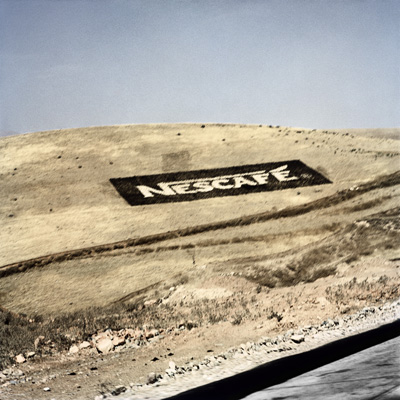 Uzbekistan 2002. Despite being a dictatorship, the country has become a market for multinationals.
© Daniel Schwartz/Pro Litteris
Uzbekistan 2002. Despite being a dictatorship, the country has become a market for multinationals.
© Daniel Schwartz/Pro Litteris
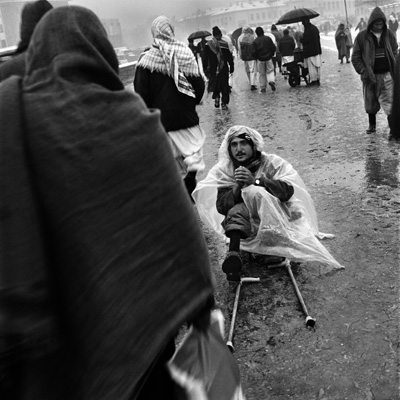 Afghanistan, 2006. Mine explosion victims.
© Daniel Schwartz/Pro Litteris
Afghanistan, 2006. Mine explosion victims.
© Daniel Schwartz/Pro Litteris
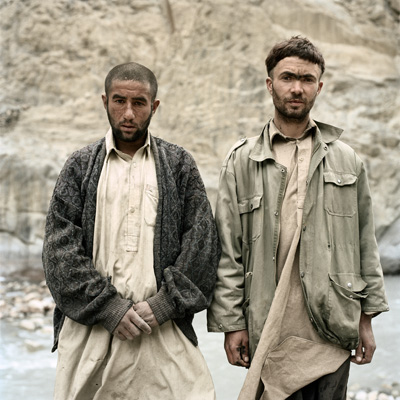 Pakistan, 2001. On the Karakoram Highway.
© Daniel Schwartz/Pro Litteris
Pakistan, 2001. On the Karakoram Highway.
© Daniel Schwartz/Pro Litteris
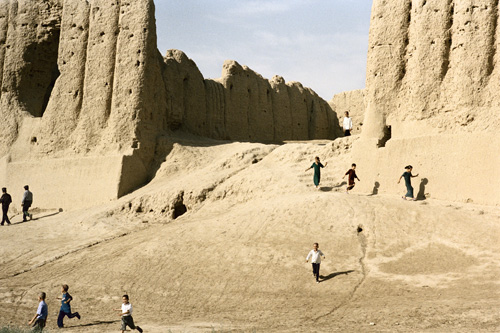 Merv, Turkmenistan, 2005.
© Daniel Schwartz/Pro Litteris
Merv, Turkmenistan, 2005.
© Daniel Schwartz/Pro Litteris
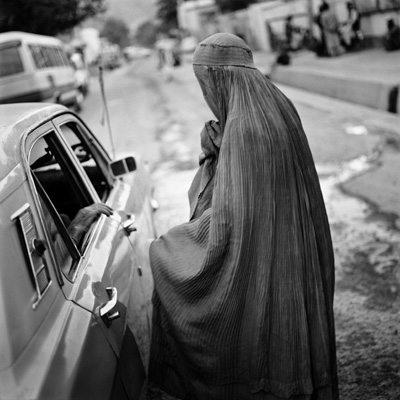 Afghanistan, Kabul, 1998. The Taliban issued a fatwa in 1996 banning women from working. Many of these women were war widows and were forced to beg to survive.
© Daniel Schwartz/Pro Litteris
Afghanistan, Kabul, 1998. The Taliban issued a fatwa in 1996 banning women from working. Many of these women were war widows and were forced to beg to survive.
© Daniel Schwartz/Pro Litteris
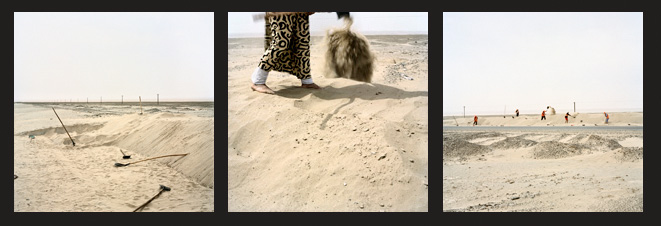 China, Xinjiang, Pishan, 2001. Uighur workers clearing a road covered by sand and dunes.
© Daniel Schwartz/Pro Litteris
China, Xinjiang, Pishan, 2001. Uighur workers clearing a road covered by sand and dunes.
© Daniel Schwartz/Pro Litteris
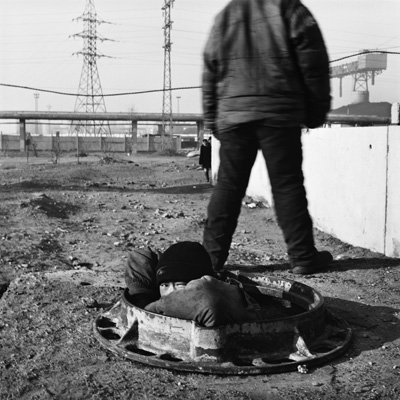 Mongolia, Ulan Bator, 2000. Homeless children seek shelter from the biting cold in the pipes of the local hot water system.
© Daniel Schwartz/Pro Litteris
Mongolia, Ulan Bator, 2000. Homeless children seek shelter from the biting cold in the pipes of the local hot water system.
© Daniel Schwartz/Pro Litteris
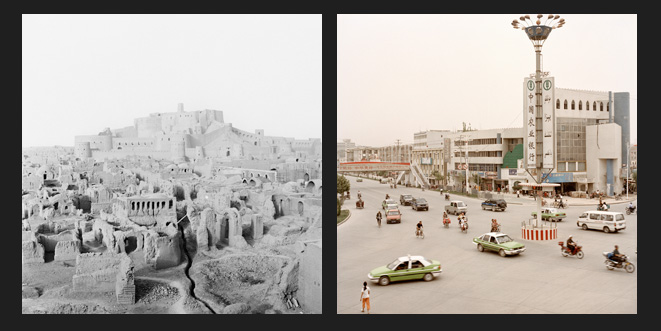 Bam, Kerman Province, Iran, 1995 and Kashgar, Xinjiang, China, 2004. Bam was destroyed by an earthquake in December 2003. In modern Kashgar, once a hotbed of revolt and secessionists, the city walls have given way to the onslaught of road traffic.
© Daniel Schwartz/Pro Litteris
Bam, Kerman Province, Iran, 1995 and Kashgar, Xinjiang, China, 2004. Bam was destroyed by an earthquake in December 2003. In modern Kashgar, once a hotbed of revolt and secessionists, the city walls have given way to the onslaught of road traffic.
© Daniel Schwartz/Pro Litteris
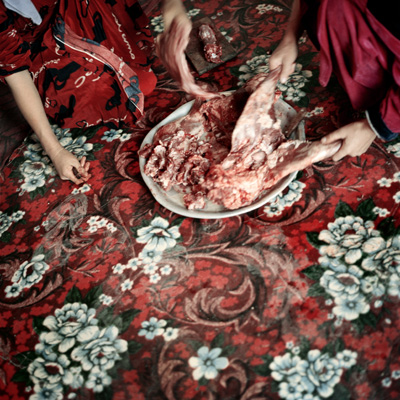 Sary Tash, Kyrgyzstan, 2004. Lamb.
© Daniel Schwartz/Pro Litteris
Sary Tash, Kyrgyzstan, 2004. Lamb.
© Daniel Schwartz/Pro Litteris
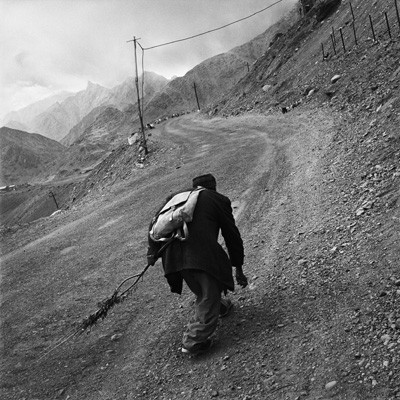 Kargil district, Jammu and Kashmir, India 2000. Heading towards Leh.
© Daniel Schwartz/Pro Litteris
Kargil district, Jammu and Kashmir, India 2000. Heading towards Leh.
© Daniel Schwartz/Pro Litteris
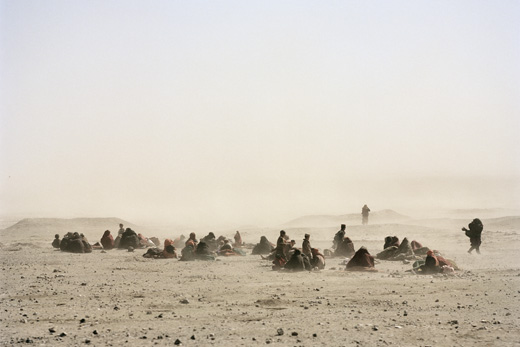 Herat, Afghanistan, 2001. Refugees fleeing famine in Badghis Province.
© Daniel Schwartz/Pro Litteris
Herat, Afghanistan, 2001. Refugees fleeing famine in Badghis Province.
© Daniel Schwartz/Pro Litteris
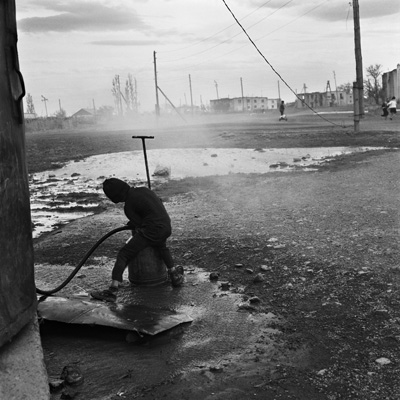 Akshi, Kazakhstan, 2001. The water tower.
© Daniel Schwartz/Pro Litteris
Akshi, Kazakhstan, 2001. The water tower.
© Daniel Schwartz/Pro Litteris
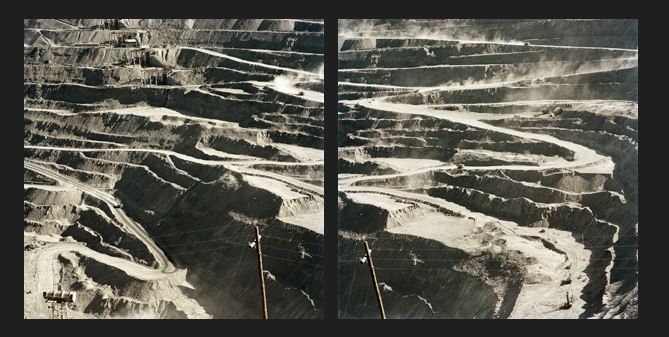 Murantau gold mine, Zarafshan, Uzbekistan 2002. Possibly the best gold in the world comes from this mine, big enough to bury all of humanity, according to a local engineer.
© Daniel Schwartz/Pro Litteris
Murantau gold mine, Zarafshan, Uzbekistan 2002. Possibly the best gold in the world comes from this mine, big enough to bury all of humanity, according to a local engineer.
© Daniel Schwartz/Pro Litteris
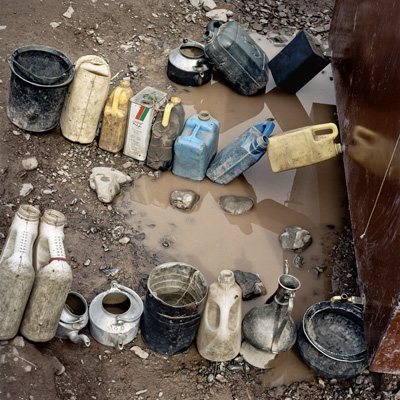 Peshawar, Pakistan, 2001. Containers prepared by children await a water delivery in an Afghan refugee camp.
© Daniel Schwartz/Pro Litteris
Peshawar, Pakistan, 2001. Containers prepared by children await a water delivery in an Afghan refugee camp.
© Daniel Schwartz/Pro Litteris
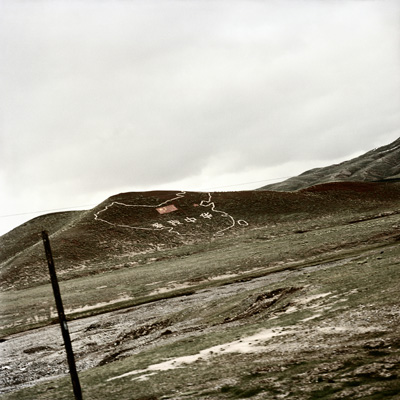 Torugart Pass, Chinese-Kyrgyz border, Xinjiang, China, 2004.
© Daniel Schwartz/Pro Litteris
Torugart Pass, Chinese-Kyrgyz border, Xinjiang, China, 2004.
© Daniel Schwartz/Pro Litteris
Daniel Schwartz follows in the footsteps of 19th century explorers of Central Asia.
This content was published on
One foot in the present, the other in the past, Swiss photographer Daniel Schwartz documents everything that crosses his path. His latest exhibition at Zurich’s Helmhaus centre focuses on central Asia, once criss-crossed by Alexander the Great or Genghis Khan, today by armed forces, the Taliban and Chinese merchants. (All pictures: © Daniel Schwartz/Pro Litteris)















You can find an overview of ongoing debates with our journalists here. Please join us!
If you want to start a conversation about a topic raised in this article or want to report factual errors, email us at english@swissinfo.ch.